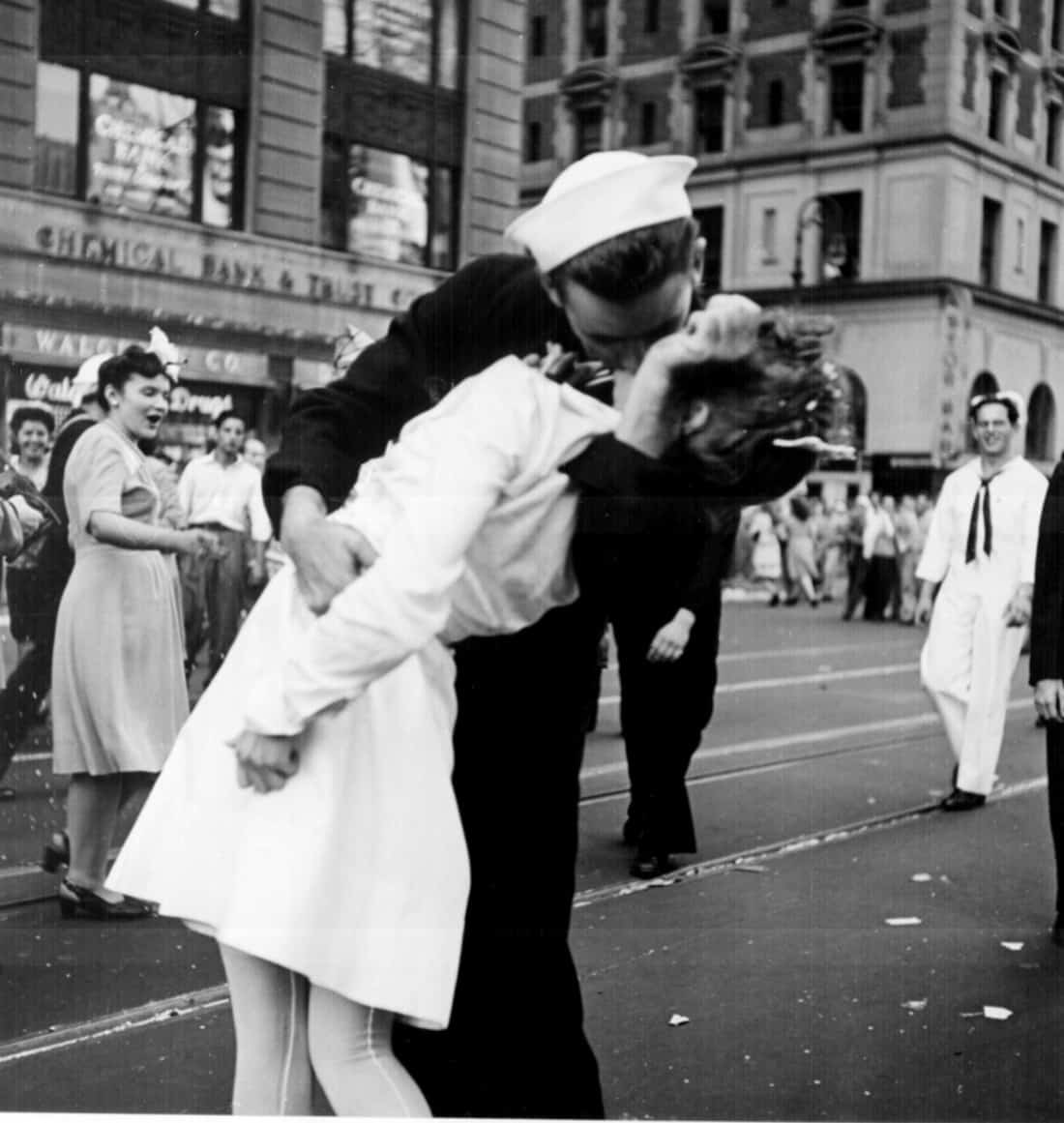What Does Framing Streets Do?
What Does Framing Streets Do?
Blog Article
What Does Framing Streets Do?
Table of ContentsThe smart Trick of Framing Streets That Nobody is DiscussingSome Known Questions About Framing Streets.The Buzz on Framing StreetsSee This Report about Framing StreetsRumored Buzz on Framing StreetsThe Main Principles Of Framing Streets
Digital photography category "Crufts Canine Show 1968" by Tony Ray-Jones Road digital photography (likewise often called honest photography) is photography conducted for art or inquiry that includes unmediated opportunity encounters and random occurrences within public areas, typically with the objective of recording pictures at a definitive or touching moment by careful framework and timing. 
The Ultimate Guide To Framing Streets
Susan Sontag, 1977 Street digital photography can concentrate on individuals and their habits in public. In this regard, the street professional photographer is comparable to social docudrama photographers or photographers who also work in public places, yet with the aim of catching newsworthy occasions. Any of these photographers' photos may catch individuals and building noticeable within or from public locations, which typically requires browsing ethical problems and regulations of privacy, safety, and building.
Representations of day-to-day public life create a genre in nearly every duration of globe art, beginning in the pre-historic, Sumerian, Egyptian and early Buddhist art periods. Art handling the life of the street, whether within sights of cityscapes, or as the leading theme, shows up in the West in the canon of the North Renaissance, Baroque, Rococo, of Romanticism, Realistic look, Impressionism and Post-Impressionism.
Top Guidelines Of Framing Streets
Louis Daguerre: "Blvd du Holy place" (1838 or 1839) In 1838 or 1839 the very first photo of numbers in the street was recorded by Louis-Jacques-Mand Daguerre in among a pair of daguerreotype sights drawn from his studio window of the Blvd du Temple in Paris. The 2nd, made at the height of the day, reveals an unpopulated stretch of road, while the other was taken at regarding 8:00 am, and as Beaumont Newhall records, "The Boulevard, so continuously loaded with a moving crowd of pedestrians and carriages was perfectly singular, except a person who was having his boots cleaned.
, who was influenced to undertake a comparable documents of New York City. As the city developed, Atget helped to promote Parisian streets as a deserving subject for photography.

Some Ideas on Framing Streets You Should Know
Between 1946 and 1957 Le Groupe des XV annually displayed work of this kind. Andre Kertesz. Circus, Budapest, 19 May 1920 Road photography created the significant material of two events at the Museum of Modern Art (Mo, MA) in New York curated by Edward Steichen, 5 French Professional Photographers: Brassai; Cartier-Bresson, Doisneau, Ronis, Izis in 1951 to 1952, and Post-war European Photography in 1953, which exported the idea of road digital photography worldwide.

The smart Trick of Framing Streets That Nobody is Talking About
The recording machine was 'a surprise camera', a 35 mm Contax concealed under his layer, that was 'strapped to the breast and connected to a long cable strung down the ideal sleeve'. Nonetheless, his work had little contemporary impact as as a result of Evans' level of sensitivities about the originality of his job and the personal privacy of his topics, it was not published until 1966, in the redirected here publication Lots of Are Called, with an introduction created by James Agee in 1940.
Helen Levitt, then an instructor of little ones, connected with Evans in 193839. She documented the transitory chalk drawings - Sony Camera that were part of children's road society in New york city at the time, as well as the kids that made them. In July 1939, Mo, MA's brand-new photography section included Levitt's job in its inaugural exhibitionRobert Frank's 1958 publication,, was considerable; raw and commonly indistinct, Frank's images questioned mainstream digital photography of the time, "challenged all the official guidelines set by Henri Cartier-Bresson and Walker Evans" and "contradicted the wholesome pictorialism and heartfelt photojournalism of American magazines like LIFE and Time".
Report this page